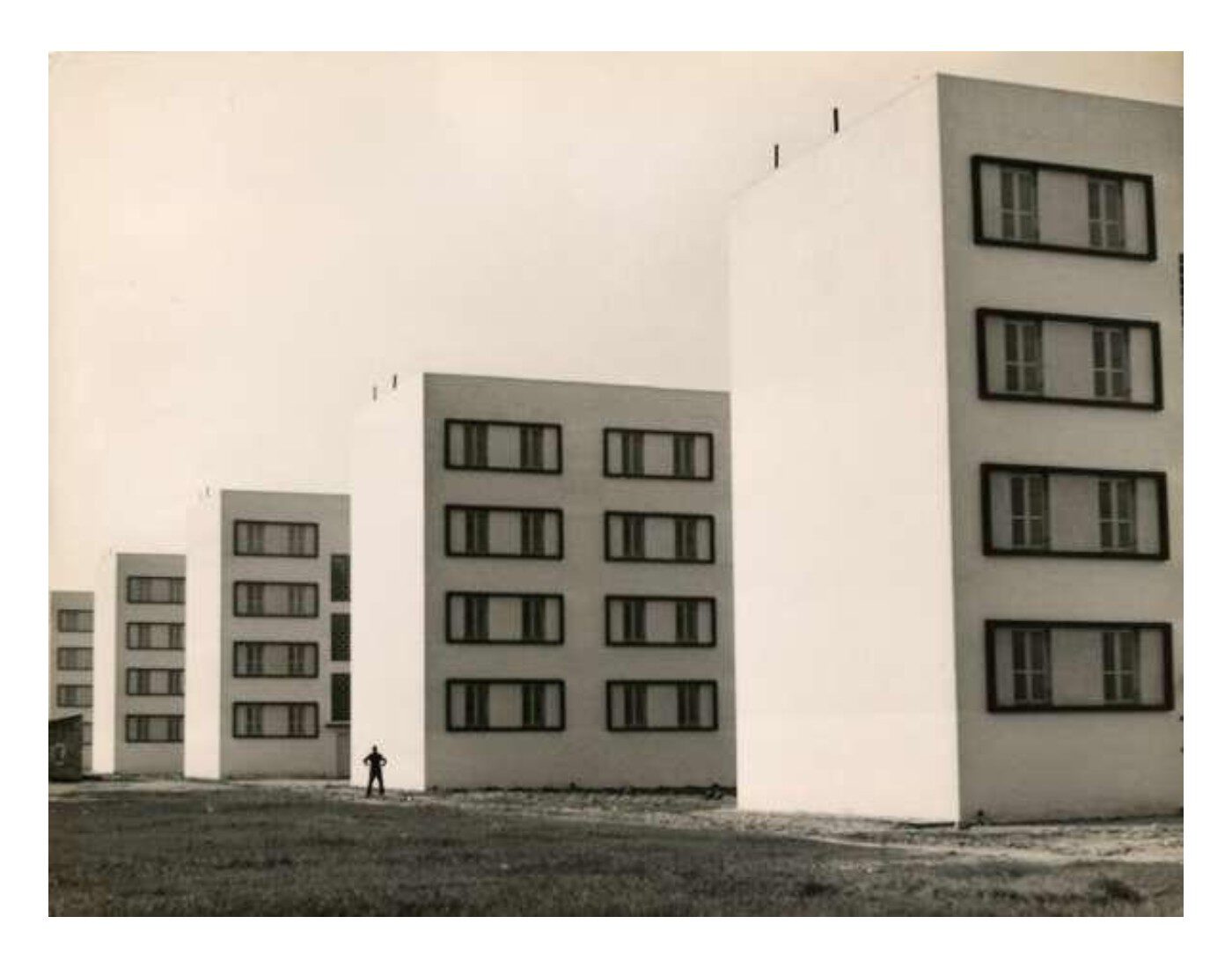Eduardo Salvatore

BIO
Eduardo Salvatore (São Paulo, 1914 – 2006)
He began his career as a photographer in the late 1930s, at a time when Brazilian modernity was emerging and the country’s visual culture was being redefined through new artistic languages. Eduardo Pedro Paulo Salvatore devoted himself to artistic photography as a self-taught amateur starting in 1937. Through his images, he explored a poetic vision of urban modernity, geometric abstraction, and light as a structural element — a visual vocabulary that would become emblematic of the Paulista School of Photography. His work marked the transition from pictorialism to modern experimentation, positioning Brazilian photography within the global dialogue of the mid-20th century.
Salvatore was one of the founders of theFoto Cine Clube Bandeirante (FCCB), created in 1939 in São Paulo, an institution he presided over for forty-seven years. Under his leadership, the FCCB became the main hub of Brazilian photoclubism, a movement that transformed amateur photography into an avant-garde practice deeply connected to the visual innovations of architecture, design, and cinema of that era. The club organized exhibitions, published magazines, and promoted exchanges with international photographic associations, linking Brazilian artists with the modernist networks of Latin America, Europe, and the United States.
Throughout the 1940s and 1950s, Salvatore’s influence extended beyond his own photographic production: he was a tireless promoter of photography as an art form in Brazil. As president of the FCCB and founder of the Confederação Brasileira de Fotografia e Cinema (CBFC) in 1950, he played a decisive role in incorporating Brazil into the Fédération Internationale de l’Art Photographique (FIAP), granting visibility and legitimacy to the country’s photographic production on an international scale. His organizational talent, combined with a reflective understanding of the medium, made him one of the essential figures in consolidating photography as an artistic discipline in Brazil.
Salvatore’s images are characterized by precision, formal rigor, and the abstraction of reality into compositional structures. Moving away from documentary realism, he conceived photography as a language of synthesis and balance — “the grammar of vision,” as he called it. His photographs of São Paulo’s architecture, industrial spaces, and urban geometries transformed the modern city into a visual metaphor of progress and order. Critics and historians recognize in his work the bridge between the pictorialist sensibility of the 1930s and the modernist visual radicalism that would flourish in the following decades with artists such as Geraldo de Barros, Thomaz Farkas, and German Lorca.
Salvatore was a mentor, curator, juror, and organizer, cultivating a community of photographers and intellectuals who redefined the social perception of the photographic image in Brazil. His long presidency of the FCCB coincided with the institutional maturation of photography within museums, galleries, and art criticism — a process to which his work and leadership were fundamental.
Eduardo Salvatore’s contribution has been recognized in various retrospectives, including Eduardo Salvatore: Uma sensibilidade revelada, presented at the Museu da Imagem e do Som (MIS-SP) in 2004, which traced his artistic evolution and highlighted his role as a cultural builder. His works are part of major collections such as those of the Museu de Arte de São Paulo (MASP) and the Instituto Moreira Salles.
No results found.